How is AI improving smart biomedical devices?
Advances in artificial intelligence (AI) are creating new possibilities for biomedical systems – the implantable or wearable devices that support health and well-being – through a wide range of applications. At Université Laval in Canada, Professor Benoit Gosselin and his PhD students Félix Chamberland and Michelle Janusz are embracing these possibilities, creating smart prostheses and solutions for chronic pain.
Talk like a biomedical engineer
Analogue-to-digital converter — a device that converts an analogue signal (e.g., voltage) into a digital signal (a series of numbers) that can be processed by a microcontroller
Bioelectronics — the interdisciplinary field that combines biology and electronics to develop devices that interface with, monitor or control biological systems
High-density electromyography (HD-EMG) — a technique that measures the electrical activity produced by muscles
Fluorescence — a phenomenon where a substance absorbs light of one colour and then re-emits light of a different colour
Microcontroller — a tiny computer that controls specific tasks within a single integrated circuit
Myoelectric prosthesis — an artificial limb that is controlled by electromyography signals from muscles in the residual limb
Optogenetics — a biological technique that uses light to control the activity of cells by genetically modifying them to express light-sensitive proteins
Biomedical engineering involves using the principles of engineering to improve health and healthcare. As scientists push the boundaries of our technological capabilities and biological knowledge, the possibilities within biomedical engineering become ever greater and more diverse. In particular, the advent of artificial intelligence (AI) and advances in bioelectronics are enabling increasingly complex biomedical devices.
Professor Benoit Gosselin leads the Smart Biomedical Microsystems Laboratory at Université Laval. “Smart biomedical microsystems are tiny devices that monitor, diagnose or even treat medical conditions,” he says. “They are ‘smart’ due to their ability to sense and process physiological signals and respond intelligently, thanks to embedded electronics, sensors and AI.” Benoit and his team are developing these smart components to usher in the next generation of highly personalised biomedical devices.
Developing a smart prosthetic hand
Félix Chamberland, a PhD student in the lab, is leading a project to develop a smart prosthetic hand, focusing on how the prosthesis receives and interprets signals from the body. “A myoelectric prosthesis is an artificial limb that is controlled by the user’s muscle activity,” he explains. “Electrodes are placed on the surface of the residual limb where they detect electrical signals generated by voluntary muscle contractions, which activate the prosthesis’ motors.”
Most current myoelectric prosthetic hands have a limited range of movements because they are only capable of processing a few signals from the muscles. “In contrast, our prototype uses high-density electromyography (HD-EMG), which involves placing 64 electrodes in a grid-like configuration on the residual arm,” says Félix. “This enables the extraction of richer information from the muscles, allowing for more complex control strategies and more precise hand movements.”
The electrode grid senses muscle activity from the residual arm, and the large electrode count allows for the capture of a wider range of muscle contractions. An analogue-to-digital converter samples the HD-EMG signals and transmits them in digital form to a microcontroller. “The microcontroller is the ‘brain’ of the prosthesis,” explains Félix. “It processes the signals and feeds them to an AI algorithm to predict the user’s intention based on their muscle contractions. The resultant commands are sent to the prosthesis’ motors to make them move in a specific way.”
Like all such AI systems, the algorithm needs training. “Each hand gesture has a unique muscle activation pattern,” says Félix. “By asking participants with a hand to wear the 64 electrodes while performing specific hand movements or various muscle contractions for amputees, we can record the corresponding activation patterns to use as training data for gesture recognition.” By feeding this data into the AI algorithm, it learns to associate muscle activation patterns with the gestures they lead to. “So far, we have successfully developed the HD-EMG recording system and the AI gesture recognition algorithm,” says Félix. “The next step is to integrate them into a fully functional prosthetic hand.”
Designing a smart vertebra implant
Elsewhere in the lab, PhD student Michelle Janusz is designing a new type of spinal implant to help researchers better understand, and potentially treat, chronic pain. “The spinal cord contains neurons that carry pain signals from the body to the brain,” she explains. “In chronic pain conditions, some of these neurons become overactive and keep telling the brain there’s pain, even when there’s no injury.”
To stop these false signals, Michelle’s smart vertebra uses light to control which neurons are active. This technique, called optogenetics, involves genetically modifying specific neurons to make them responsive to light. “By using light instead of electricity, we can target only the problem cells and avoid affecting the others,” she says. “This allows for much more precise treatment than current spinal cord stimulators, which rely on broad electrical signals.”
But controlling the neurons is only half the battle. The implant also needs to monitor neuron activity in real time to know when to intervene. To do this, it uses fluorescent light-sensitive proteins that glow when neurons activate. “This ‘glow’ acts like a signal that tells us when the neurons are active, so we can respond at just the right moment to stop the pain signal,” Michelle explains. This helps the smart vertebra intervene only when necessary, reducing side effects like numbness.
The implant will replace one of the spine’s vertebrae and is shaped to fit naturally into the spinal column. “Since visible light doesn’t pass through tissue very well, replacing the bone lets us get close enough to shine light directly onto the neurons without damaging the spinal cord,” says Michelle.
Michelle is currently building a prototype smart vertebra using off-the-shelf components to test the system. The goal is to eventually create a smaller version with custom electronics and optics. “We’re combining microelectronics, AI, light and biology to design a smarter, more precise tool for chronic pain treatment,” she says.
The importance of interdisciplinary collaboration
“Developing smart biomedical devices isn’t just about electronics – it requires a blend of skills,” says Benoit. “Our lab is home to a vibrant, multidisciplinary team of graduate students, postdoctoral fellows and research associates, all working together in a collaborative and supportive environment.”
Electrical and computer engineers design the circuits and sensors needed in the devices, while biomedical and materials scientists ensure the devices are compatible and safe for the body. Neuroscientists and physiologists interpret biological signals recorded by the devices, computer scientists and AI specialists build the underlying code, and clinicians and rehabilitation experts ensure the devices meet real-world medical needs. The lab also collaborates with other research centres to strengthen this interdisciplinary approach. “Together, these partnerships create a rich ecosystem for developing smart biomedical microsystems that are innovative, intelligent and clinically meaningful,” explains Benoit. “It’s at this intersection of disciplines that true innovation happens.”
Lab success
The technology being developed in the Smart Biomedical Microsystems Laboratory will pave the way for exciting advances in biomedical engineering. As well as contributing to high-impact research projects, students in the lab also benefit from personalised mentoring, a culture of excellence and equal opportunities to participate in a respectful, inclusive environment. Many team members have won awards in recognition of their work, such as Michelle’s success at reaching the national level of the ‘3 Minute Thesis’ competition. As Benoit proudly states, “Our lab offers the environment and support for students to thrive and make their mark in the world of biomedical engineering!”
 Professor Benoit Gosselin
Professor Benoit Gosselin
Director, Smart Biomedical Microsystems Laboratory, Department of Electrical and Computer Engineering, Université Laval, Canada
Fields of research: Electrical engineering, biomedical engineering, bioelectronics
Félix Chamberland
PhD student
Fields of research: Biomedical engineering, electrical engineering
Research project: Developing a smart prosthetic hand
Michelle Janusz
PhD student
Field of research: Electrical engineering
Research project: Developing a smart vertebra implant
Partners: CERVO Brain Research Centre; Centre for Interdisciplinary Research in Rehabilitation and Social Integration (Cirris); Centre for Optics, Photonics and Lasers (COPL); Institute of Intelligence and Data (IID); Strategic Microsystems Alliance of Quebec (ReSMiQ); CMC Microsystems
Funders: Natural Sciences and Engineering Research Council of Canada (NSERC); Fonds de Recherche du Québec (FRQ); Canada Research Chair in Smart Biomedical Microsystems
Website: biomicrosystems.ca
Pathway from school to biomedical engineering
At high school, focus on studying mathematics, physics, biology, chemistry and computing to build a foundation for engineering and medical science. “Start coding as early as possible,” advises Félix. “Programming is one of the most essential skills in engineering.”
At university, a degree in biomedical engineering, electrical engineering or computer engineering could lead to a career in biomedical engineering. Take courses in biomechanics, medical imaging, bioinstrumentation (the design and application of devices and systems for measuring, monitoring and analysing physiological signals in healthcare and research) and neural engineering, and learn how to apply this knowledge to real-world healthcare problems.
Scientific communication and presentation skills are highly valuable in the interdisciplinary field of biomedical engineering. “I am a strong advocate for being able to communicate the topic to a range of audiences,” says Michelle. “Use any oral presentations as opportunities to improve your communication skills while sharing your interests and passions.”
Explore careers in biomedical engineering
“Biomedical engineering is the application of engineering in the medical domain,” explains Félix. “Whether it is developing a prosthetic hand, a neural implant, a skin graft, a medical imaging instrument or a wheelchair, the range of opportunities in the field is vast.”
Look for internships to gain hands-on experience with biomedical engineering, reach out to professors to ask whether you can visit their lab, attend science camps, volunteer in healthcare settings, and read about recent research and technologies.
“Stay curious,” advises Michelle. “Take an active interest in biomedical engineering to identify which areas of the field most interest you.”
“Remember that real learning often starts outside the classroom,” says Benoit. “Use platforms like OpenBCI (openbci.com) and Hackster (hackster.io) to build your own biomedical engineering projects.”
Organisations such as the Canadian Medical and Biological Engineering Society (cmbes.ca), the IEEE Engineering in Medicine and Biology Society (embs.org), and the Biomedical Engineering Society (bmes.org) provide outreach opportunities and career information.
Reference
https://doi.org/10.33424/FUTURUM622
Meet Benoit
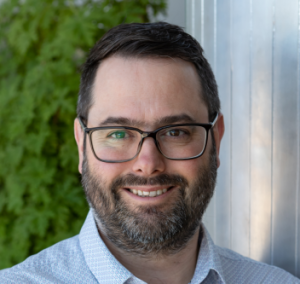
As a teenager, I was drawn to discovering new technology – whether it was opening gadgets to see how they worked or getting excited about the latest innovations. I also loved watching sci-fi movies, which sparked my imagination and interest in futuristic ideas, and made me dream about building the future.
I was inspired to become an electrical engineer thanks to these sci-fi movies, plus the contagious passion of my college and university professors. From classroom demos to stories about advanced technology and AI, it all made engineering feel like the perfect path to turn imagination into reality.
Developing smart biomedical microsystems starts with creativity and imagination. My background in electrical engineering gives me the tools and scientific understanding to convert ideas into real working devices. I love solving complex challenges with innovative solutions that can truly make a difference.
In my free time, I still enjoy watching sci-fi movies. I also love hanging out with my family and friends and, whenever possible, travelling to discover new places and experiences.
Meet Félix

I enjoyed hockey, math and science when I was in high school. My dad is an electrical engineer which had a big influence on my decision to pursue a career in engineering, though for many years I was torn between becoming an engineer or a doctor. In the end, I chose to become an engineer who works with doctors to help patients!
I’m a biomedical engineer at heart, which means I have skills to take on a leadership role in developing our smart prosthetic hand. I’ve had to learn electrical engineering skills along the way, as most of the work involves developing the AI-embedded system for muscle activity recording, which requires circuit design and programming. I am involved in multiple aspects of the project, bringing together various components to create a complex, functional system.
Outside of the lab, I’m very active. I enjoy running, working out, and playing volleyball, soccer and tennis. I also like spending time with my friends and playing intellectual games like chess and poker.
Meet Michelle

As a teenager, I had creative hobbies such as sewing and painting. I took an advanced math curriculum in high school and participated in a science co-op where I did a research placement at a children’s hospital. This showed me that research was definitely a path I wanted to follow.
My father urged me to pursue whatever career I wanted and was very supportive of my decision to follow in his footsteps as an electrical engineer. During my time at university, I became aware that not everyone is lucky enough to have such a strong support system. This drives my passion to encourage more women to study electrical engineering, where representation remains very low.
I’ve been working to increase my neuroscience knowledge. This allows me to approach the smart vertebra project with my technical electrical engineering skills and an awareness of the biological challenges and limitations that neuroscientists work with.
In my free time, I enjoy yoga, weightlifting, long-distance running, hiking in nature, sewing and painting.
Do you have a question for Benoit, Félix or Michelle?
Write it in the comments box below and they will get back to you. (Remember, researchers are very busy people, so you may have to wait a few days.)

Learn how engineers are working with amputees to make prostheses as accessible and useful as possible:
futurumcareers.com/prostheses-for-people-matching-the-person-and-their-new-limb

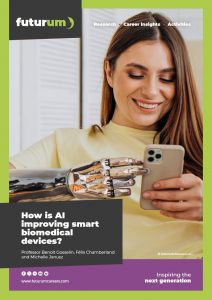
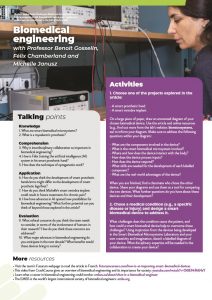


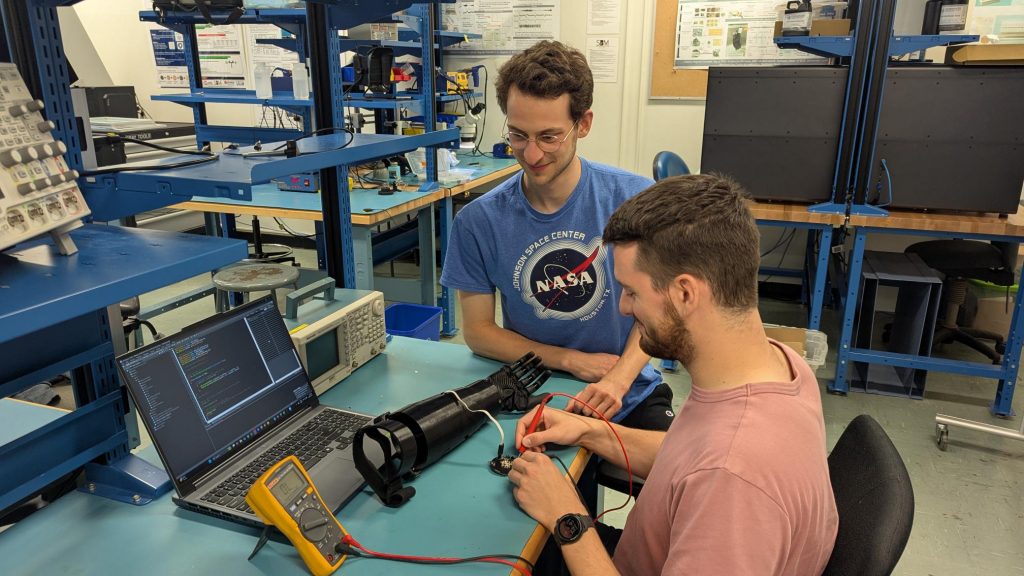

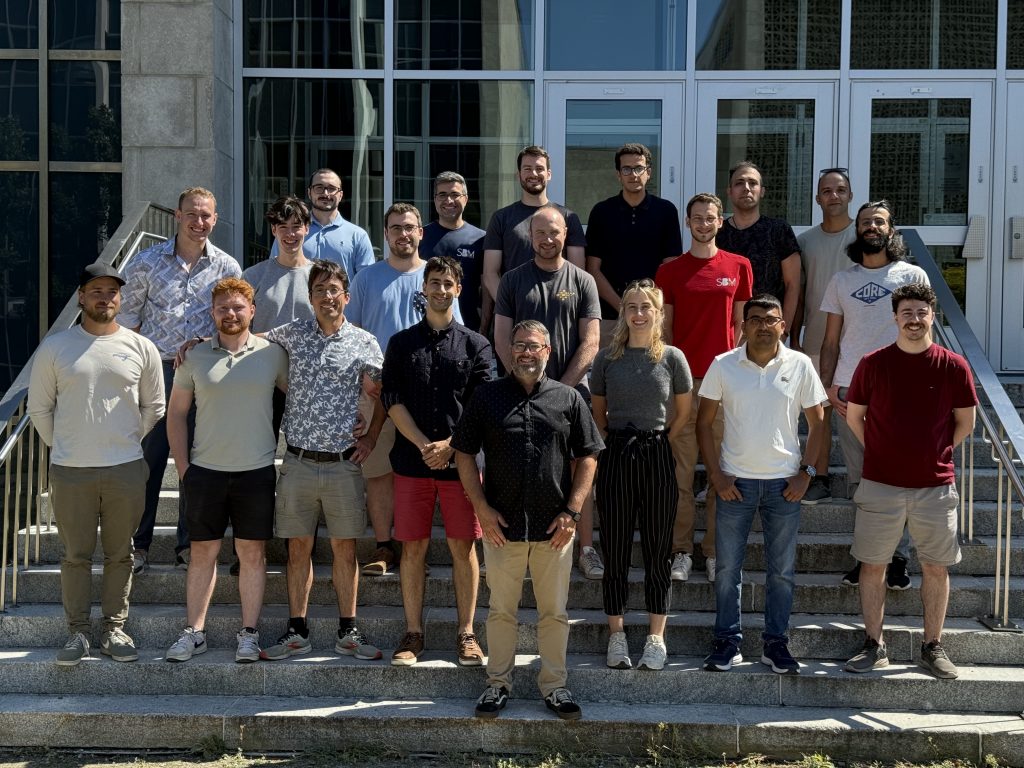

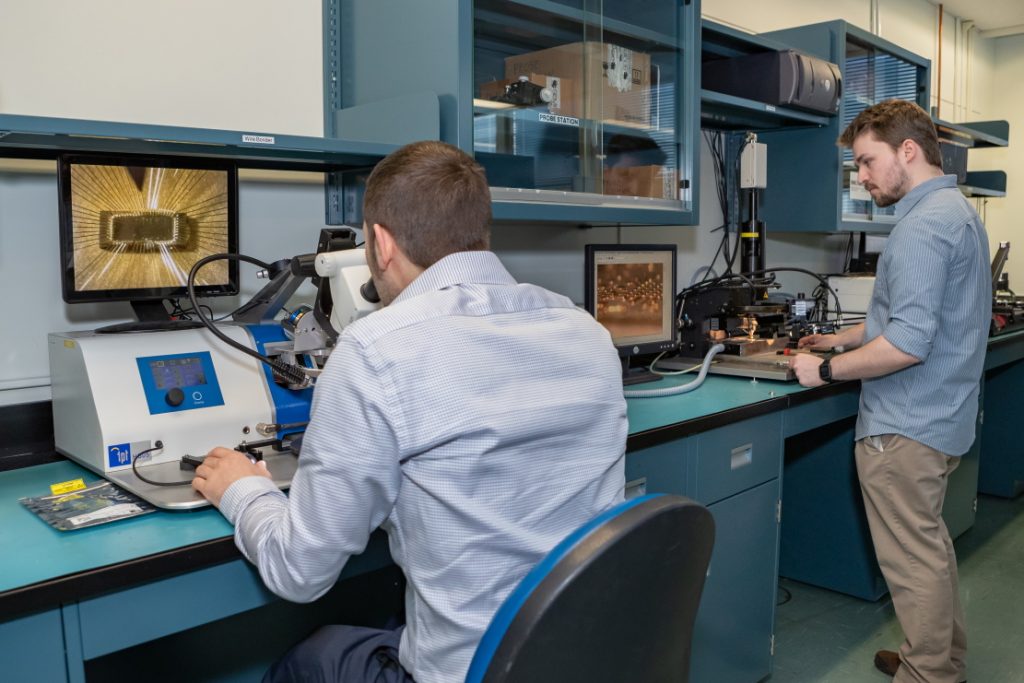
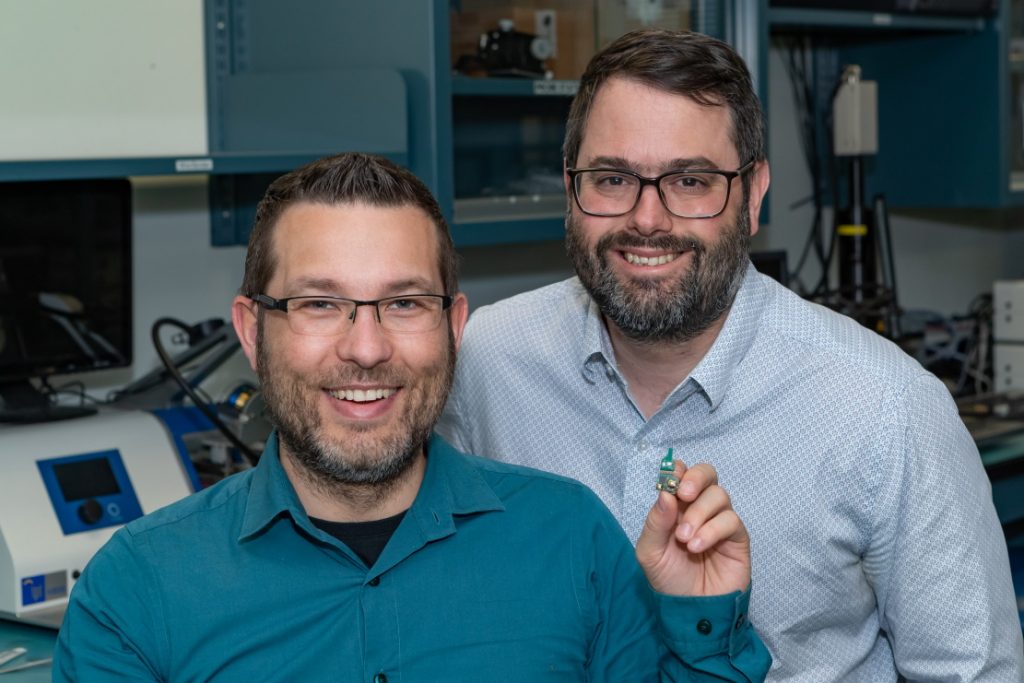
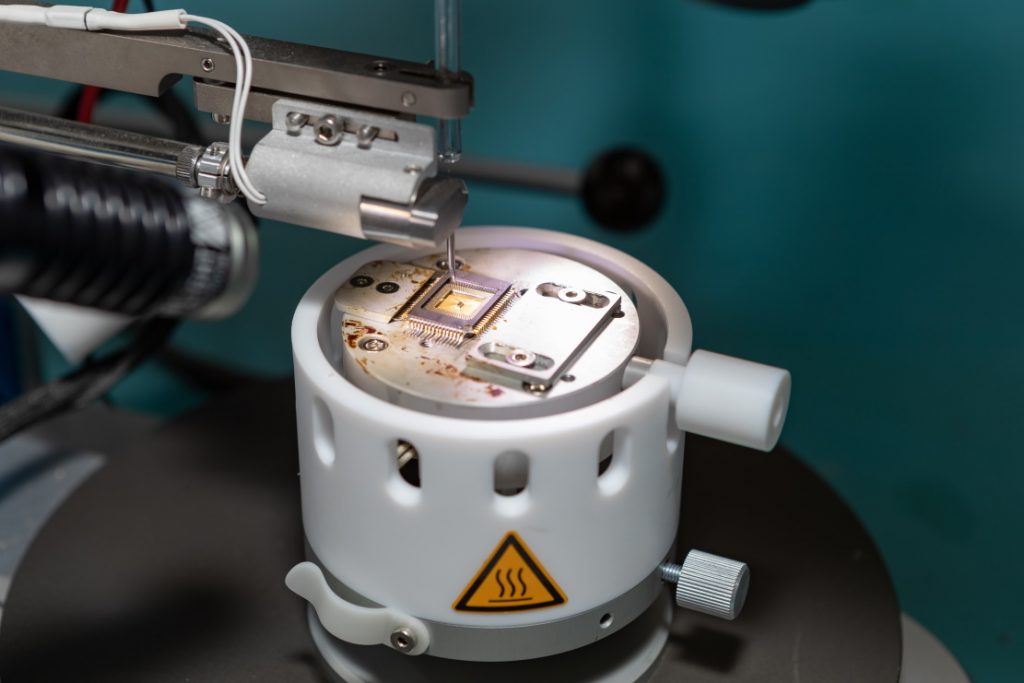

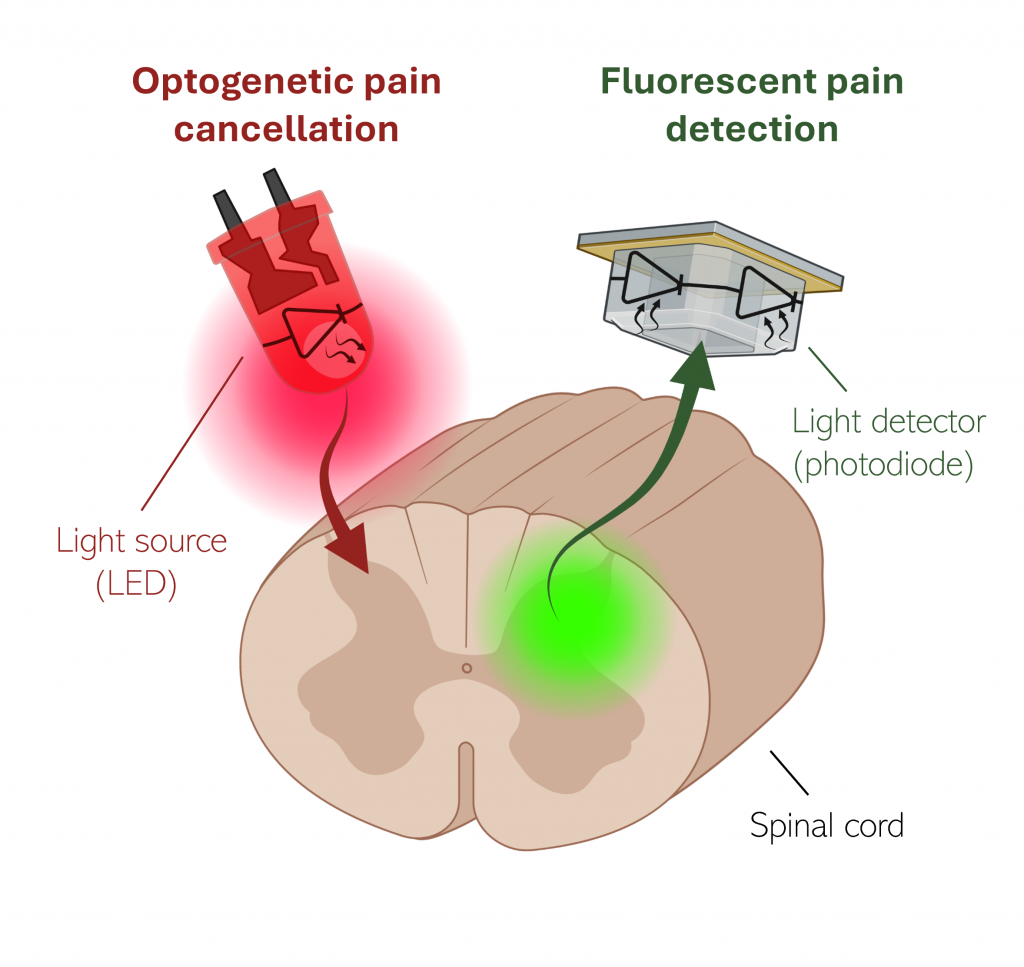
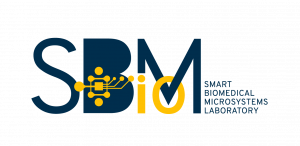




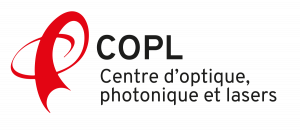


0 Comments